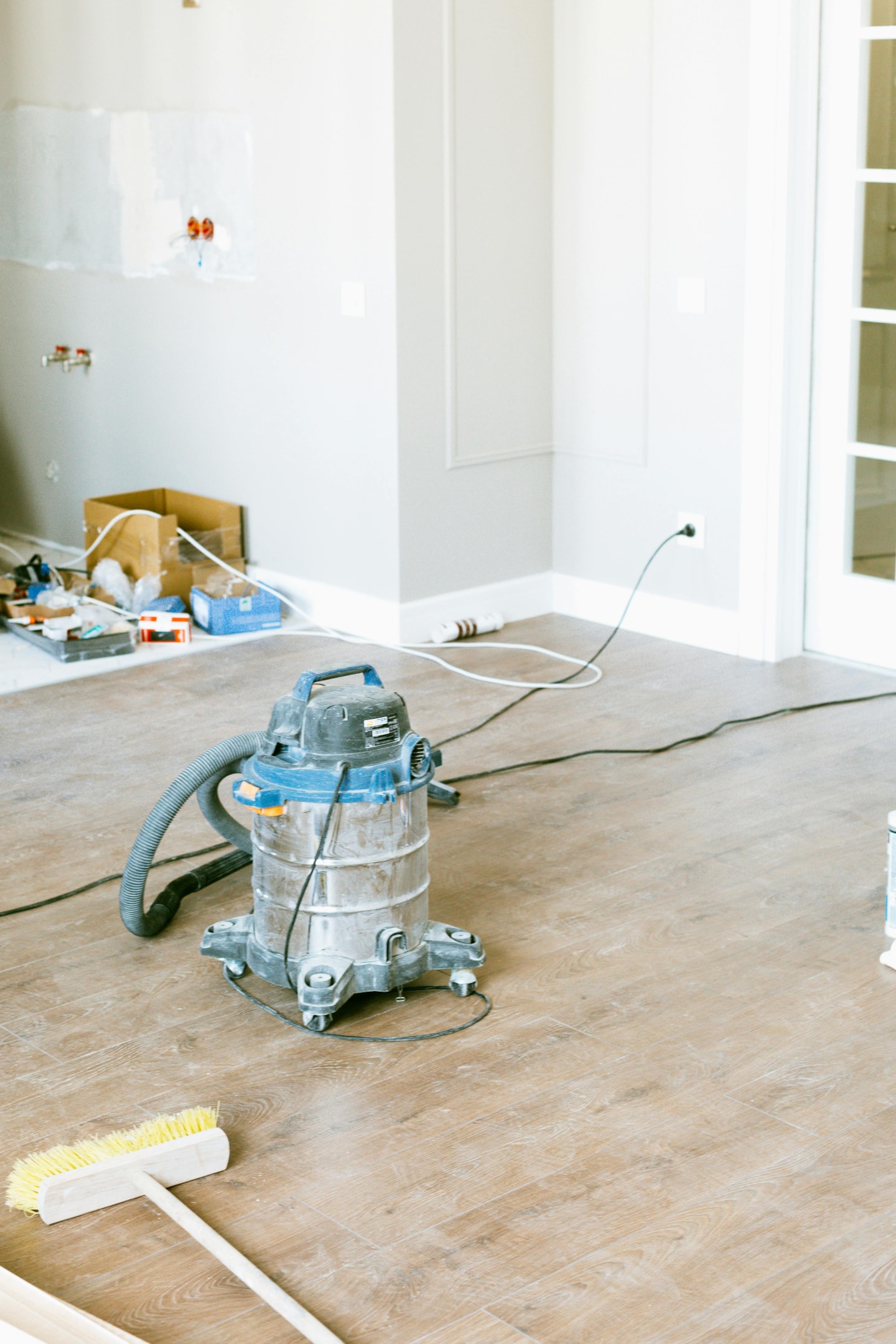Flip Houses in New York Like a Pro: Power Moves

Flipping houses anywhere takes grit, but when you flip houses in New York you're stepping onto the biggest real-estate stage in America. Sky-high returns, sizzling demand, and fierce competition make the Empire State a flipper's dream—and a rookie's minefield. Ready to play in the majors? Let's unpack the strategies, safeguards, and street-smart hacks you need to thrive.
Understanding the New York Market Landscape
New York isn't just one market but a patchwork of diverse areas, from Manhattan penthouses to Buffalo doubles, each with unique quirks. Understanding current market conditions and trends is vital to identify the best places to flip houses, as factors like median home value, population growth, and local economic conditions directly affect profitability and pricing. Neighborhoods attracting new residents through revitalization projects and job growth create strong demand and rising property values, offering prime opportunities for house flippers to capitalize on the dynamic New York market.
Macro vs. Micro Markets Across the State
Downstate's five boroughs command eye-watering prices, while Hudson Valley towns like Poughkeepsie and Beacon ride the commuter-rail wave. Head west and you'll hit "Rust Belt Rebound" cities—Buffalo, Rochester, Syracuse—where entry prices are gentler, cash flow is king, and renovation costs stretch farther.
Focus first on micro-markets: look at school districts, walkability scores, and upcoming infrastructure projects. Two blocks can shift your ARV by six figures. Use heat-map tools (like from Realtor.com) to spot pockets where days-on-market are shrinking and list-to-sale ratios are rising.
Seasonality and Price Cycles
Listings typically surge in spring, but savvy buyers know the best deals often emerge in late fall. Market factors such as rising interest rates, election cycles, and local tax reassessments can influence buyer behavior and timing.
Pro Tip: Keep an eye on the New York State Association of REALTORS® monthly market reports for detailed, hyper-local insights not available on national platforms.

Best Places to Flip Houses in New York
When it comes to flipping houses in New York, location is everything. While New York City commands high property values and fierce competition, upstate cities like Rochester, Syracuse, and Buffalo offer lower median home values, revitalized downtowns, and strong economic growth, making them attractive for house flippers seeking solid profit margins without the million-dollar buy-in. Markets like Long Beach and Auburn also show promise with rising median sale prices and an influx of new residents. Successful flipping hinges on analyzing local market conditions such as property taxes, access to hard money lenders, economic growth trends, population shifts, and the availability of suitable properties. Making informed decisions based on real-time data and local insights is key to maximizing returns in New York's dynamic and evolving housing market. To learn what to look for when evaluating the market, read Top Tips to Buy Real Estate: Navigate the Market with Confidence.
Building Your Flipping Dream Team
Even the slickest spreadsheets won't save you from a flaky roofer. Assemble a squad that knows New York's rules, rhythms, and red tape. In addition to working with professionals, building relationships with property owners is crucial, as direct engagement with these sellers can lead to valuable off-market opportunities.
Agents, Attorneys, and Inspectors
Investor-Friendly Agent – Spots hidden value in zoning overlays and air-rights potential.
Real-Estate Attorney – Non-negotiable in New York closings; they untangle co-op bylaws and lien releases. Attorney fees are a significant part of closing costs in New York and should be factored into your budget.
Inspector/Contractor – Hunts for buried oil tanks, knob-and-tube wiring, and ice-dam damage that can torpedo budgets.
For tips on building a strong team for your investment business, read Building Real Estate Investment Team: The Ultimate Guide for Serious Investors.
Contractors and Subs You Can Trust
If you're in the market for a reliable contractor for your renovations, there are many steps to take to ensure you work with a true professional. Check DCA licenses (NYC) or local consumer-protection sites, demand COI (Certificate of Insurance), and stage payments by milestones, not dates. Use lien waivers at every draw. For upstate flips, even lean on Amish framers—often faster and cheaper than union crews. For a more in depth look at finding a good contractor for your project, see Find Contractors for Real Estate: An Investor's Guide to Building a Winning Team.

Due Diligence: Your First Line of Defense
In the high-stakes world of house flipping, due diligence is your ultimate safety net. Before committing to any property in New York, conduct a thorough home inspection to uncover hidden issues like structural damage, outdated wiring, or pest infestations that could inflate renovation costs and cut into profits. Work with experienced real estate professionals—agents to assess true market value and attorneys to navigate mortgage recording taxes and local regulations. Always perform a title search to avoid deed fraud or liens, and consider local economic factors such as job growth and neighborhood trends to ensure a profitable flip. Prioritizing due diligence helps you avoid costly surprises and sets the foundation for success in any New York market.
Financing Strategies for New York Flips
Cash is king, but creative capital is queen—and she moves the board. For those looking to flip homes in New York, a variety of financing options are available, including traditional mortgages, private lenders, hard money loans, self-directed IRAs, and cash purchases. Choosing the right financing option is crucial for successful flip homes projects, as it can impact both profitability and risk management. These financing strategies are commonly used for investment properties in the New York market, helping investors secure the capital needed to acquire, renovate, and sell properties efficiently. To learn more about creative financing methods that might be helpful for you, read Creative Financing for Real Estate Investors: Top Tips to Save Money.
Hard Money, Private Money & Partnerships
Hard-money lenders close in ten days but charge 2–3 points upfront and 10–12% interest. Private lenders (doctors, dentists, crypto holders) may trade lower rates for equity splits. Document everything with promissory notes and deed-recorded mortgages.
Flipping Houses with No Money: Creative Funding Tactics
Think you need deep pockets to start flipping houses in New York? Think again. With creative funding tactics like private and hard money lenders offering short-term loans for purchase and renovation, partnering with investors, or tapping into a home equity line of credit (HELOC), you can launch your house flipping venture with little or no money down. Wholesaling is also a powerful entry point, allowing you to secure contracts and assign them for a fee without handling renovations. In New York's competitive market, leveraging other people's money can help scale your business—just be sure every deal supports healthy profit margins and protects your interests.
Budgeting for Taxes, Insurance & Closing Costs
Expect closing costs of 4–6% downstate (transfer tax, title insurance, mansion tax on $1 M+ buys). Builder's-risk policies run higher near the coast; get multiple quotes. Homeowners insurance is another important carrying cost for homeowners to consider during the flip. Always set aside 15% of ARV for overages; asbestos abatement alone can eat five figures.

How to Flip Houses in New York — Step-by-Step
Flipping houses requires a combination of market knowledge, renovation skills, and financial discipline. This is the nuts-and-bolts playbook.
Step 1: Find the Right Deal
Start by targeting fixer upper properties for maximum profit potential. Look for distressed homes, foreclosures, or undervalued listings in promising neighborhoods. Analyze market trends, especially changes over the past year, to identify areas with strong appreciation and demand for home flipping in New York.
Step 2: Analyze the Numbers
A successful house flip depends on accurate budgeting and planning. Use the rule states guideline: determine your maximum purchase price as a percentage of the property's after-repair value (ARV) to ensure profitability and manage risk. Factor in renovation costs, acquisition expenses, and holding costs. Calculate renovation expenses per square foot to get a realistic estimate and seek strategies to achieve a lower cost on both renovations and acquisitions.
Step 3: Make the Offer
Submit your offer based on your analysis and the rule states formula. This helps you avoid overpaying and keeps your project on track for a profitable outcome.
Step 4: Renovate and Add Value
Before starting any work, obtain all necessary permits to comply with local building codes and avoid legal issues. Plan renovations that will add the most value to the property, focusing on updates that appeal to buyers and maximize your return. Track your renovation costs per square foot to stay within budget.
Step 5: Price and Sell
Set a competitive price for your flipped home by analyzing recent sales, market conditions, and the value of your improvements. Establish the right list price to attract buyers and achieve a successful sale.
Step 6: Legal and Compliance
Understand when a real estate license is required for house flipping in New York. While you don't need a license to flip properties for personal investment, you will need one if you plan to represent clients, list homes, or perform brokerage services. Working with a real estate lawyer can be helpful ton ensure compliance is follow throughout every step of the process.

Finding Deals On- and Off-Market
USLeadList - Reliable inheritance leads that are often highly motivated to sell.
MLS Drip Alerts – Filter by C/O issues or "handyman special" keywords.
County Auctions & REOs – Cheap but risky; inspect what you can, run title searches early.
Direct-to-Seller Campaigns – Driving for dollars, probate lists, code-violation scrape. Use SMS follow-ups within 24 hours.
Offer Formulas That Win Bids
In heated boroughs, tighten the 70% rule to 75–78% of ARV. Always bake a 10% contingency. For rural flips, demand bigger spreads; resale velocity is slower. Document scope in granular detail—line-item budgets help justify lower offers to wary sellers.
Calculating After Repair Value (ARV) Like a Pro
Nailing the After Repair Value (ARV) is key to successful house flipping in New York. ARV estimates a property's worth post-renovation and guides purchase price and budget decisions. Calculate it by reviewing recent sales of comparable properties, considering size, age, condition, and market trends. The 70% rule advises paying no more than 70% of ARV minus repair costs—for example, with a $400,000 ARV and $50,000 renovation, max purchase price is $230,000. This formula covers all costs and ensures profit. Mastering ARV and following this rule helps minimize risk and maximize success in New York's real estate market.
Renovation Rules & Compliance in the Empire State
Permits, Codes & Historic District Hurdles
NYC DOB Now portal lets you file Alt-1 (major) or Alt-2 (minor) permits online. In landmark districts, expect LPC hearings that add 30–60 days. Upstate towns may waive permits under $20k, but always verify.
Green Upgrades That Add Value
Heat-pump incentives can slash $2000+ off install costs (see NYSERDA). Buyers love EnergyStar windows and smart thermostats, boosting appraisal by 2–3% on average.
Risk Management & Scaling Your Business
Mitigating Market Shifts
Maintain three exit strategies: flip, BRRRR rental, or owner-finance. Lock in fixed-rate bridge loans to dodge rate hikes and protect your profit margins from unpredictable interest fluctuations. Staying flexible with multiple exit options ensures you can pivot quickly if market conditions shift unexpectedly.
Building a Repeatable System
Template everything—offer letters, scope sheets, draw schedules—to save time and reduce errors. Use Monday.com or ClickUp for task tracking, and automate lead flow with Zapier, creating a seamless workflow that scales with your business. Consistency and automation free you up to focus on finding deals and managing projects efficiently.

Conclusion: Your Next Move
Flipping in the Empire State isn't for the faint-hearted, but armed with data-driven buys, airtight teams, and disciplined budgets, you can turn derelict bricks into dazzling profits. Success in this competitive landscape demands careful study of comparable sales, smart financing strategies, and a deep understanding of local market nuances. So study comps, secure your funds, and let your first—or next—house flip in New York set the stage for an investment career worthy of Broadway applause.